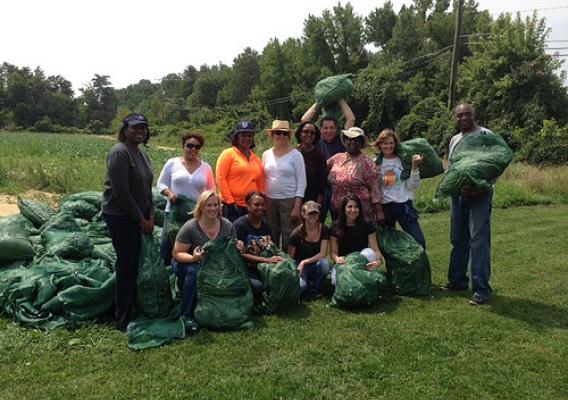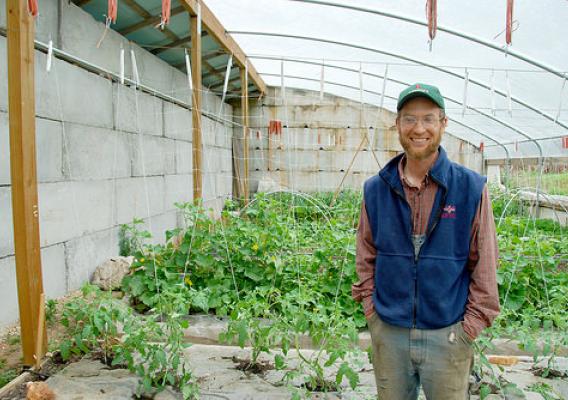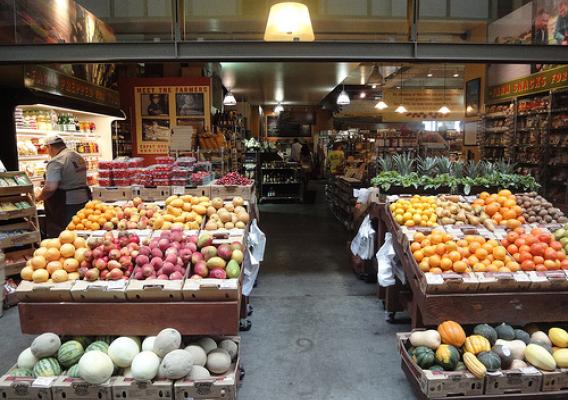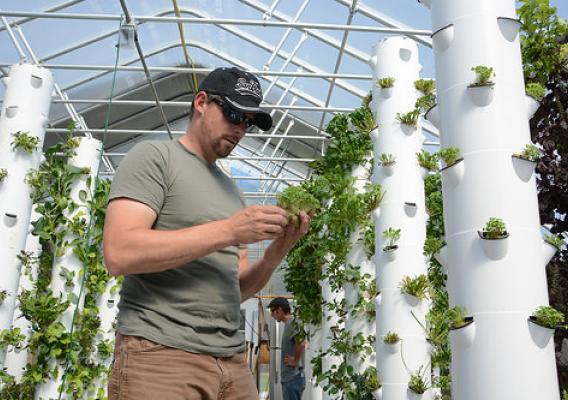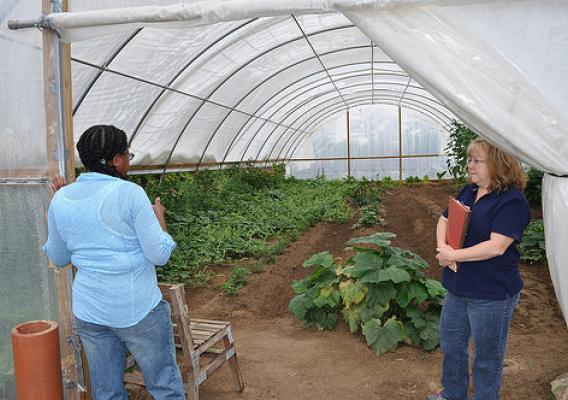Consumer demand for local food is driving the expansion of farmers markets into places of all shapes, sizes, and locations. Ferry terminals, train depots, grain mills and shipping containers all can, and are, housing farmers markets across the country. There are 8,268 markets listed in the USDA’s National Farmers Market Directory, a 76 percent increase since 2008. Managed by USDA’s Agricultural Marketing Service, the directory listings reflect continued growth and demand in every region of the country. Today farmers markets are as diverse as the communities they serve and can be found in unique rural and urban spaces across the country.
Built in 1903, the Southern Railways Station in Knoxville, Tenn., was a symbol of America’s great railroad heritage. The terminal is listed on the National Register of Historic Places for its late 19th century architecture and its prominent role in Tennessee railroad industry. Today, the main building has been repurposed into office spaces and a banquet hall that hosts a winter farmers market. Last winter, the depot hosted its first market, offering 30 vendors an opportunity to extend their season and continue the tradition of celebrating Knoxville’s heritage.

